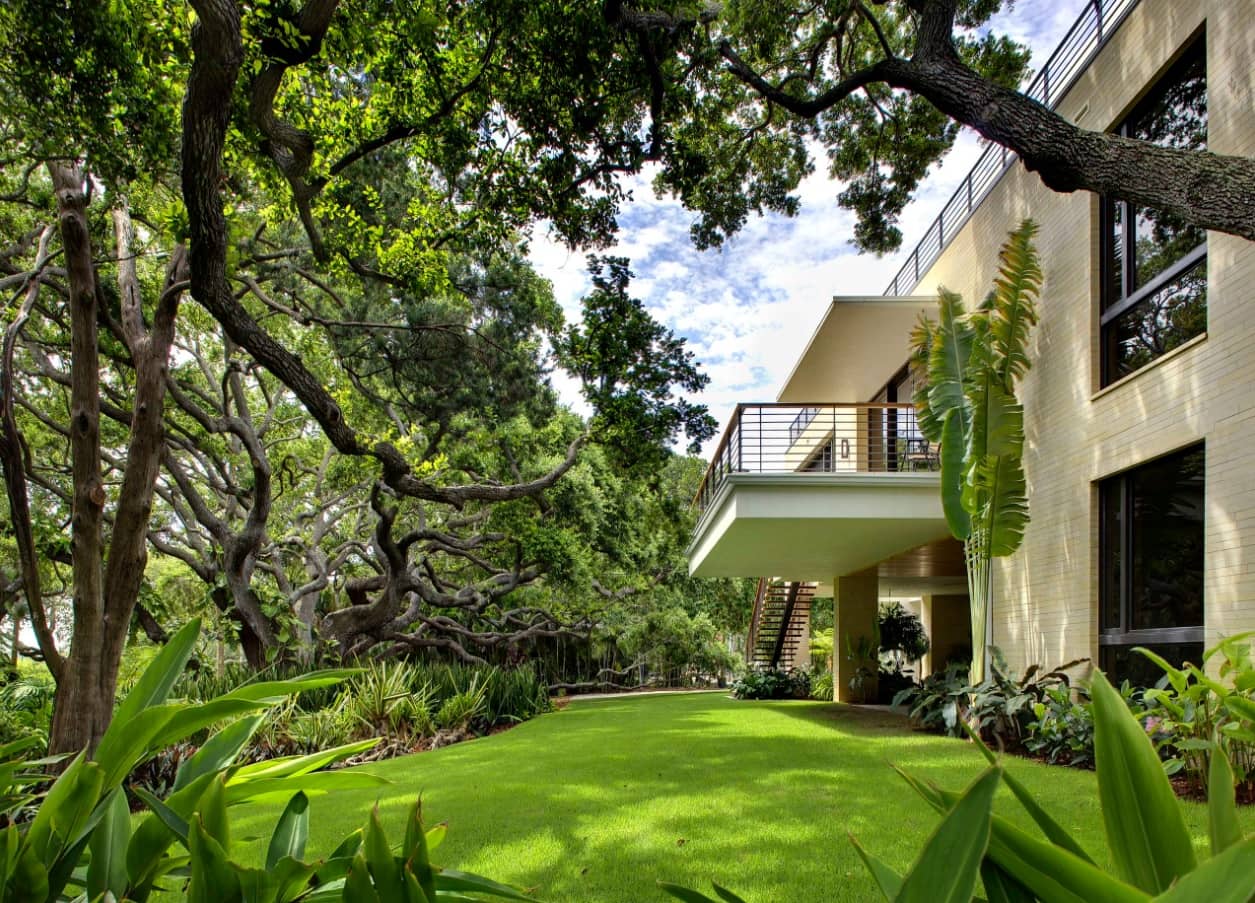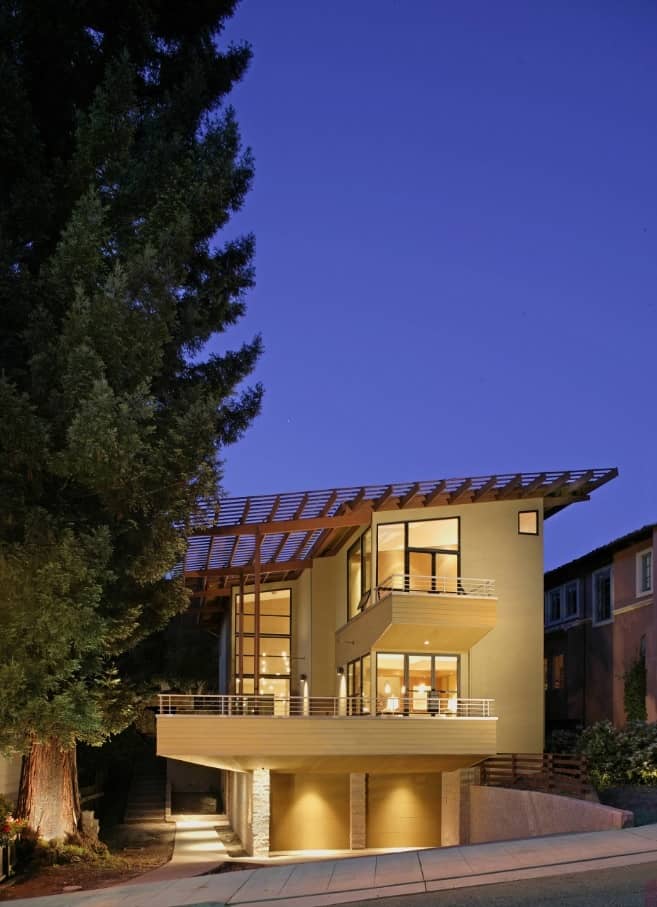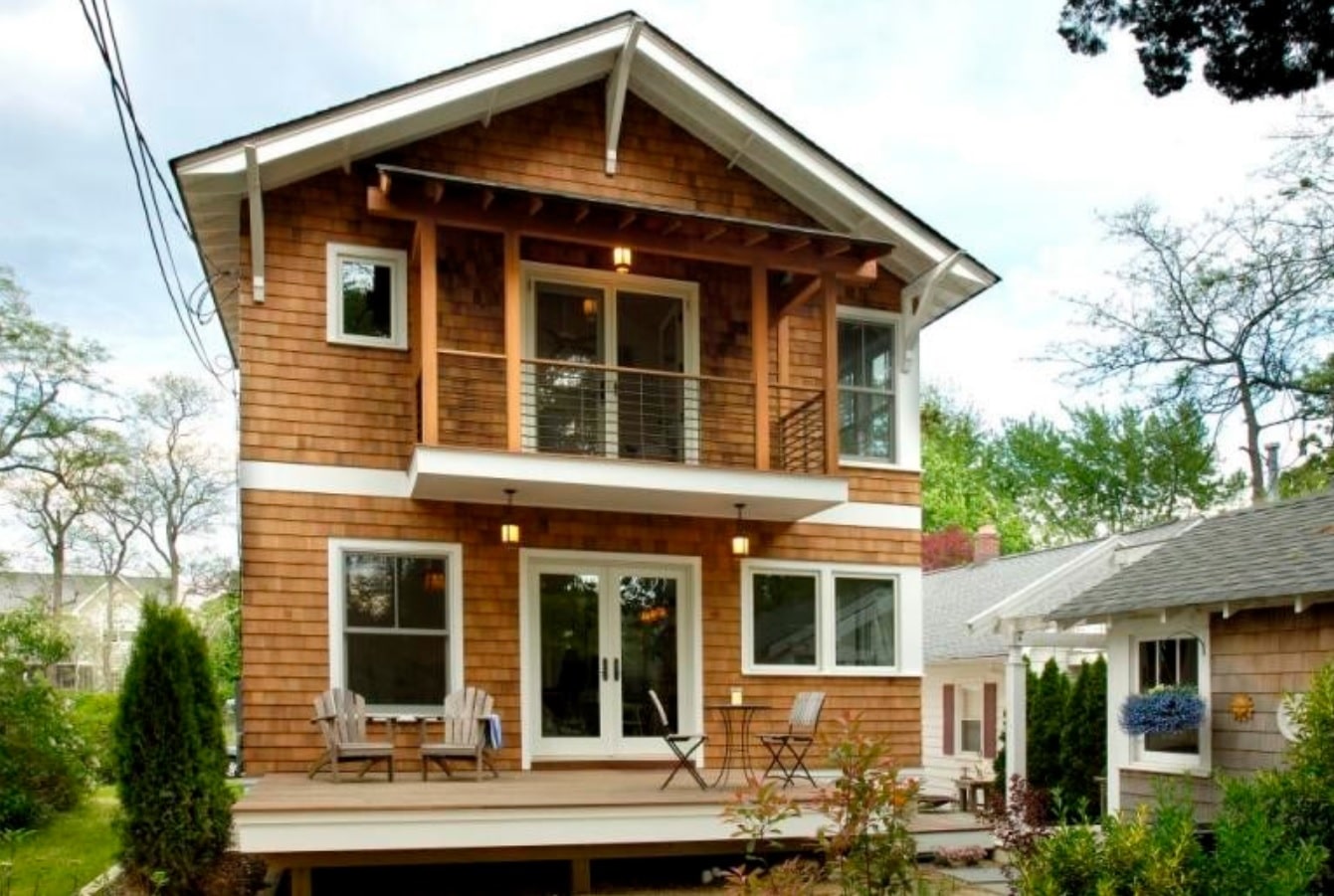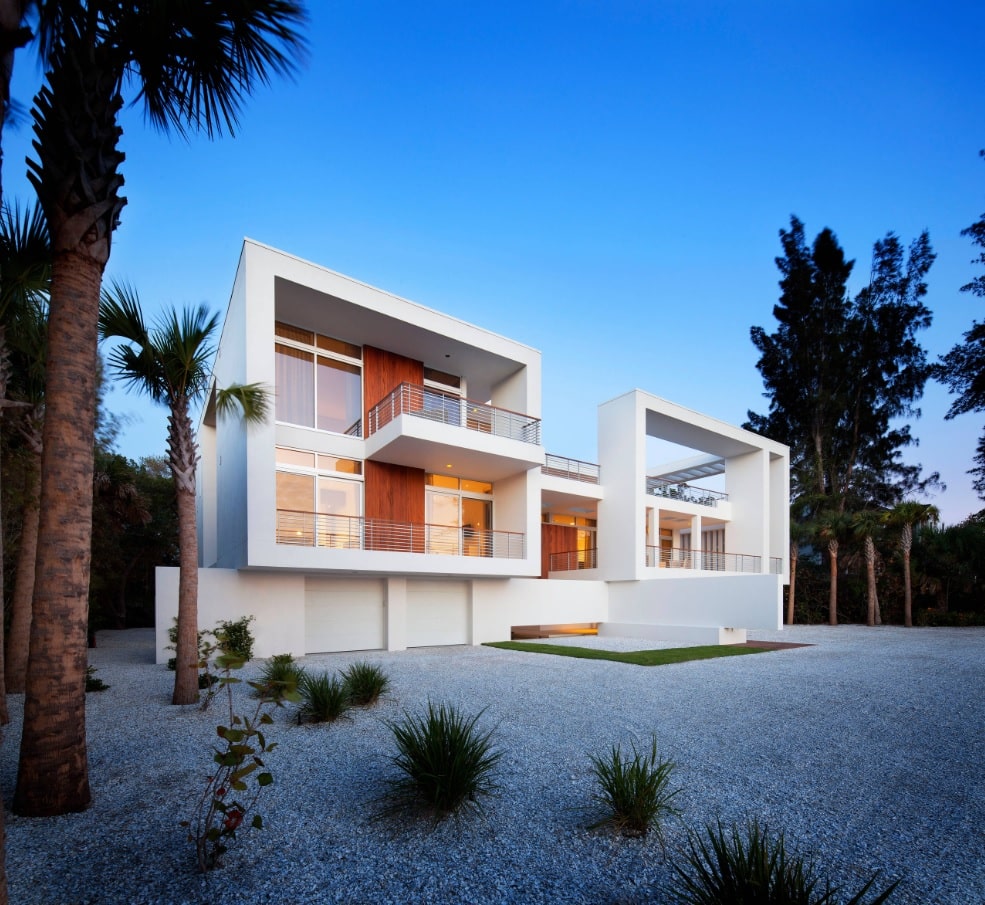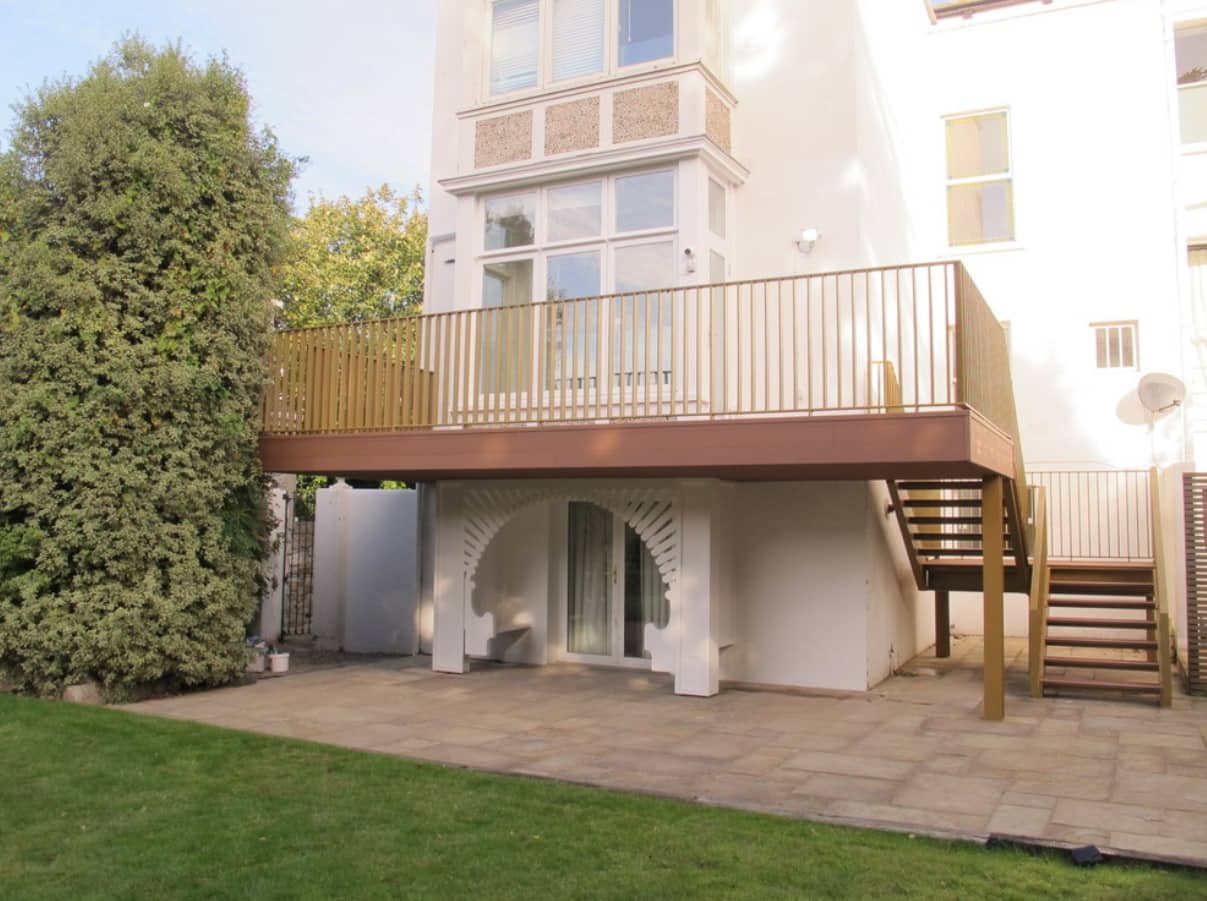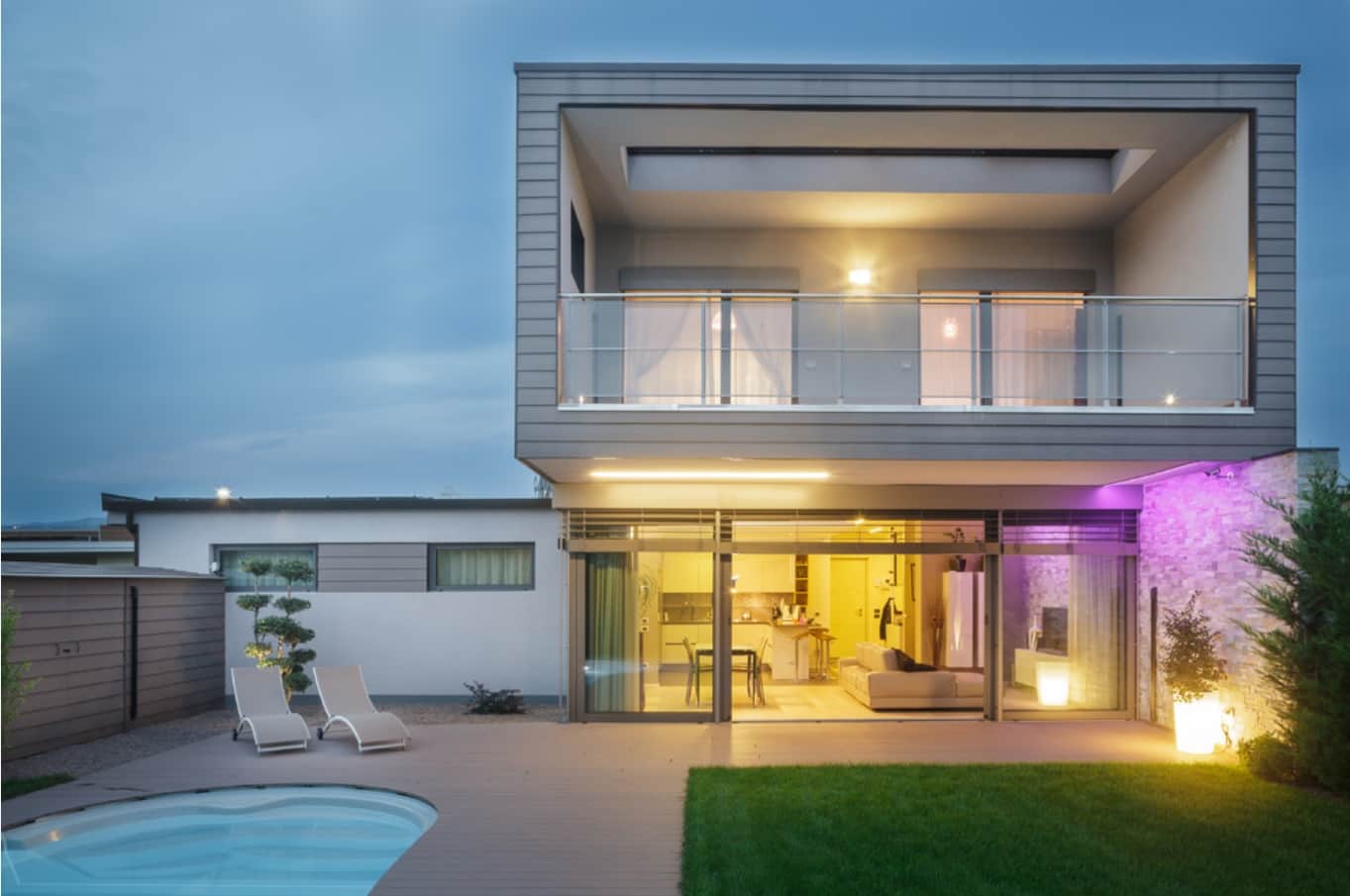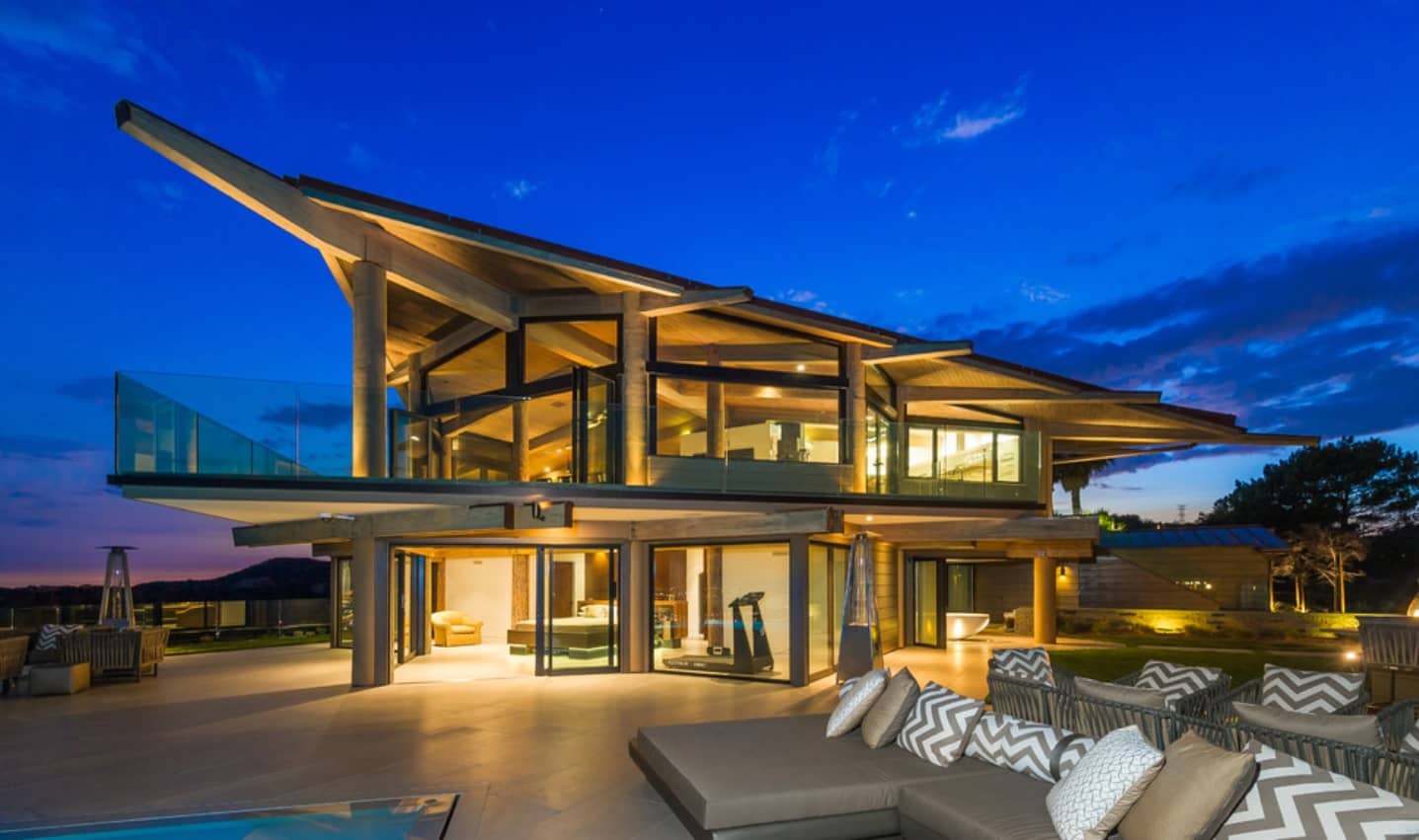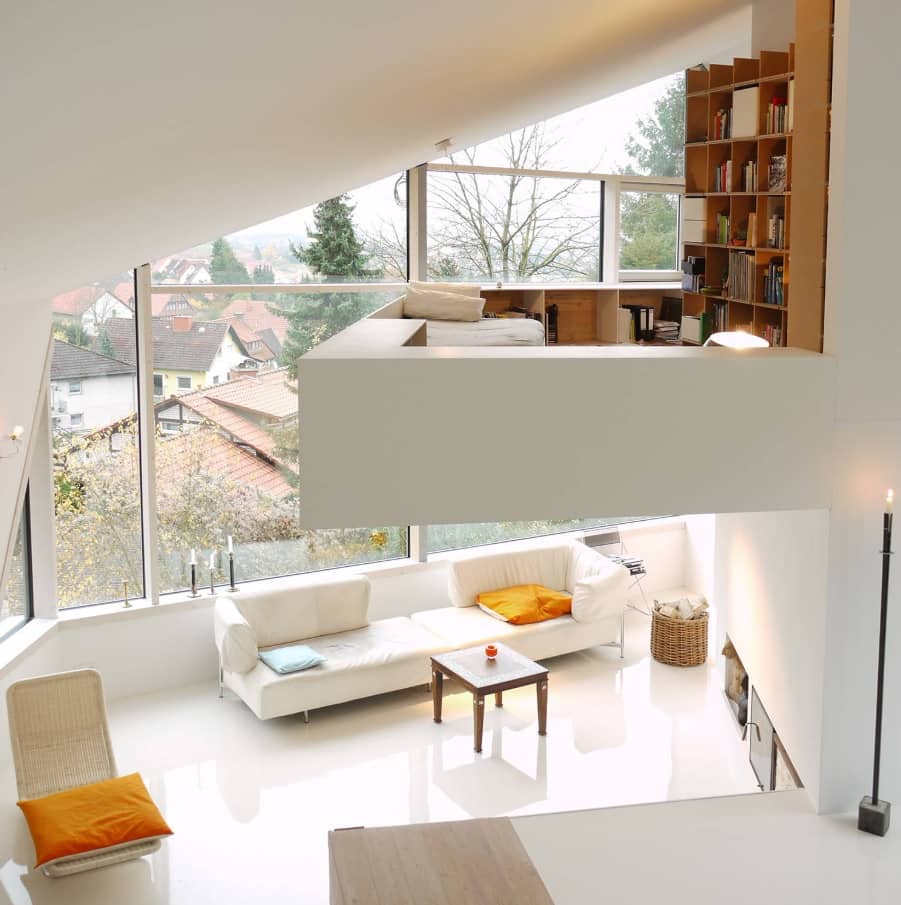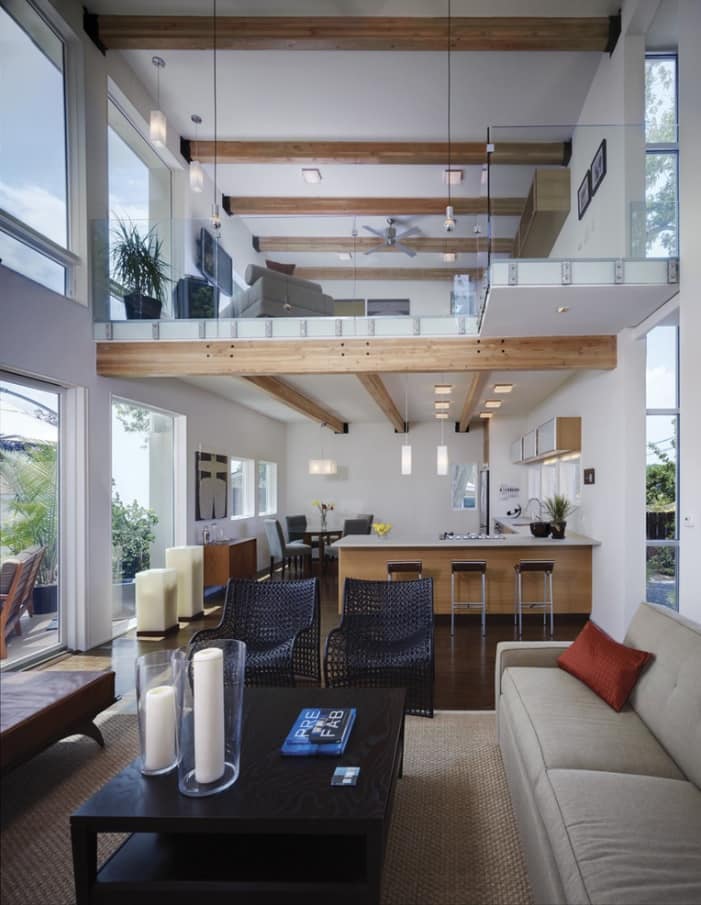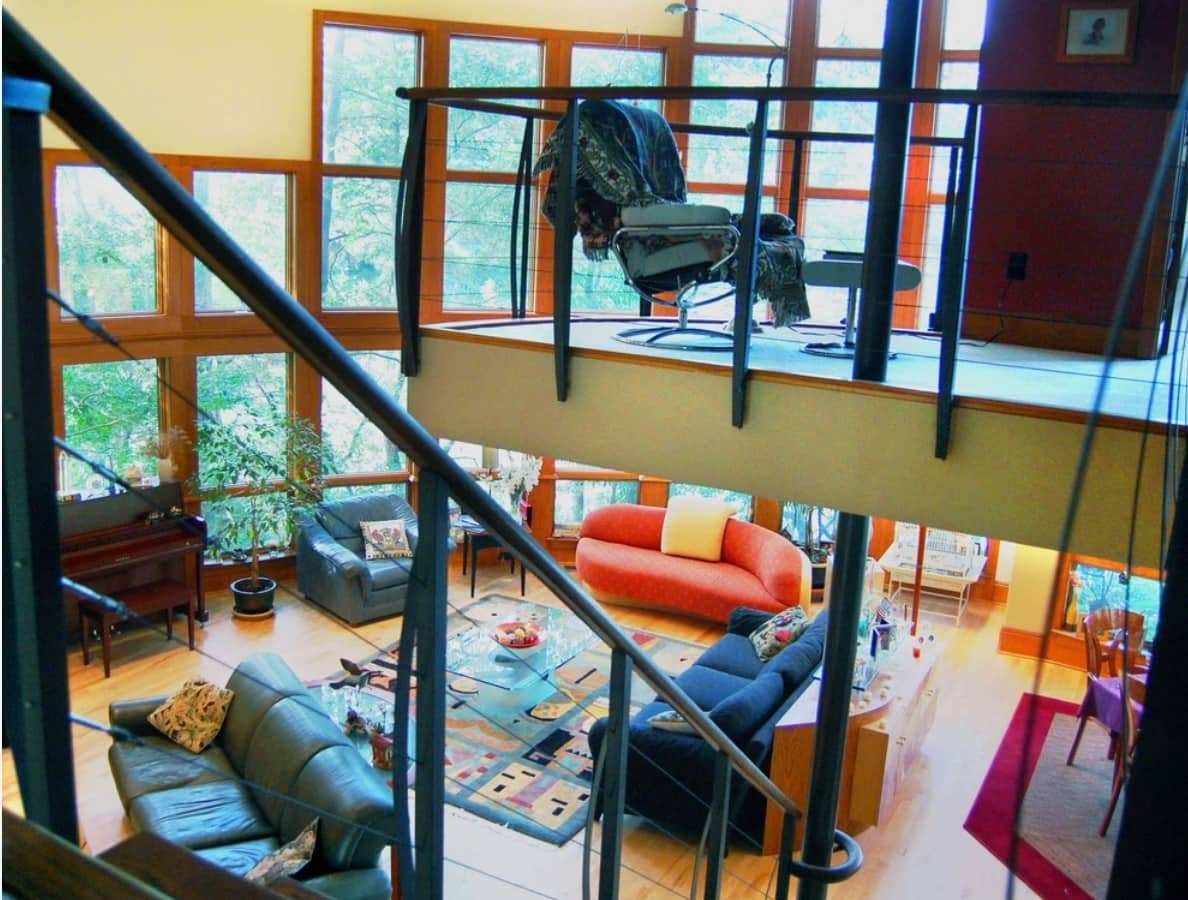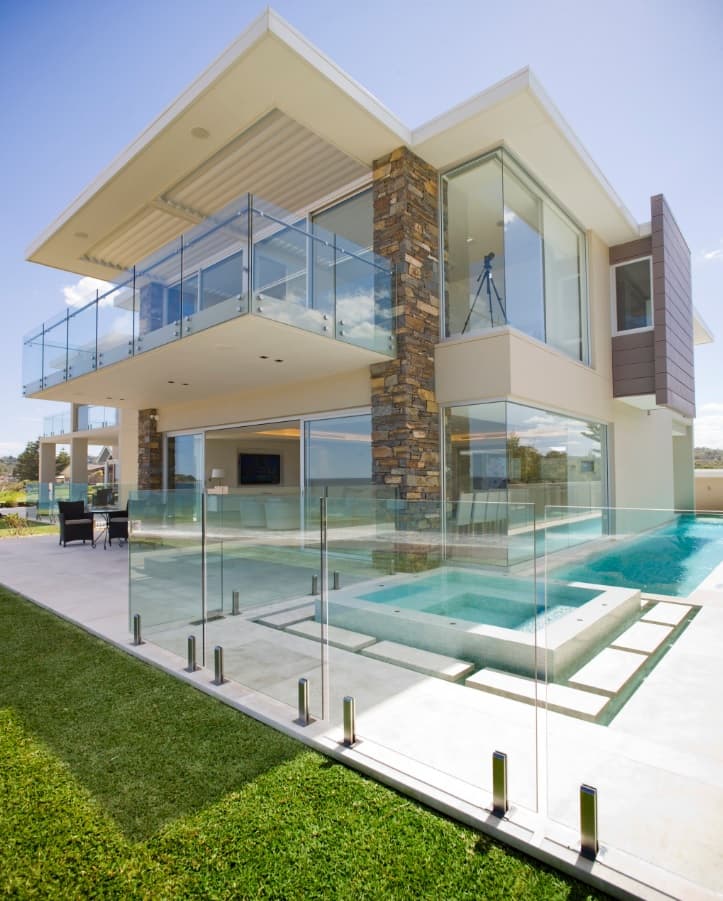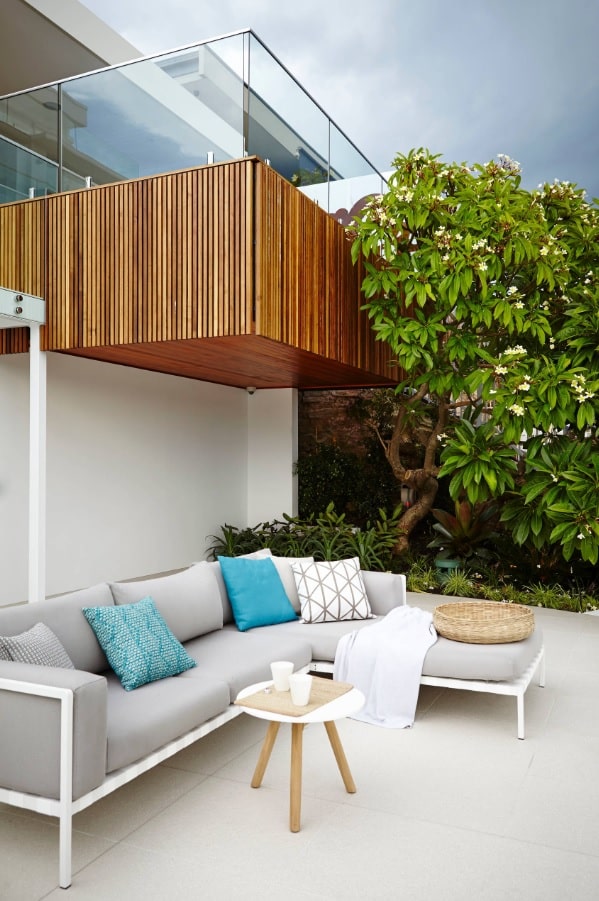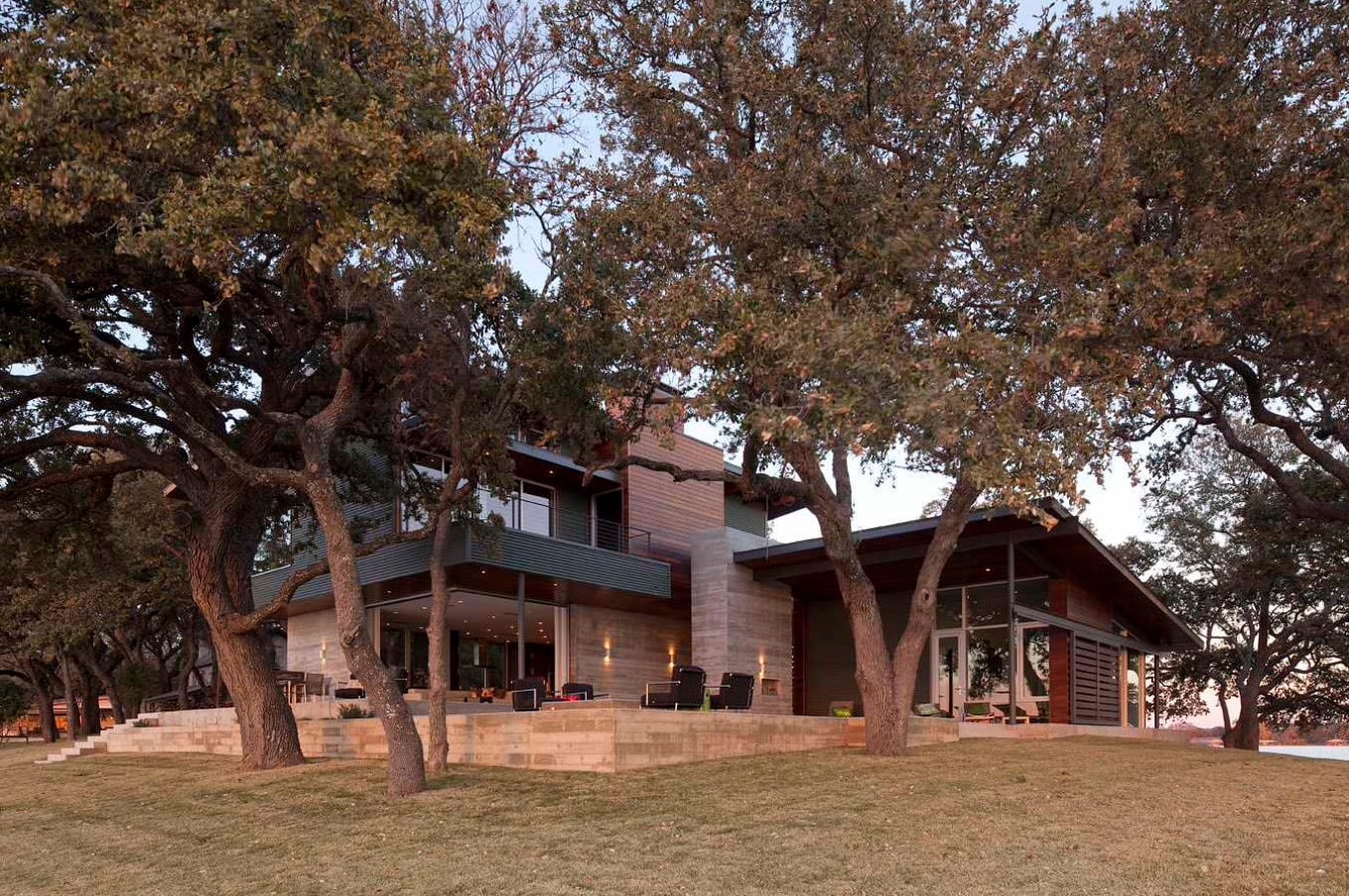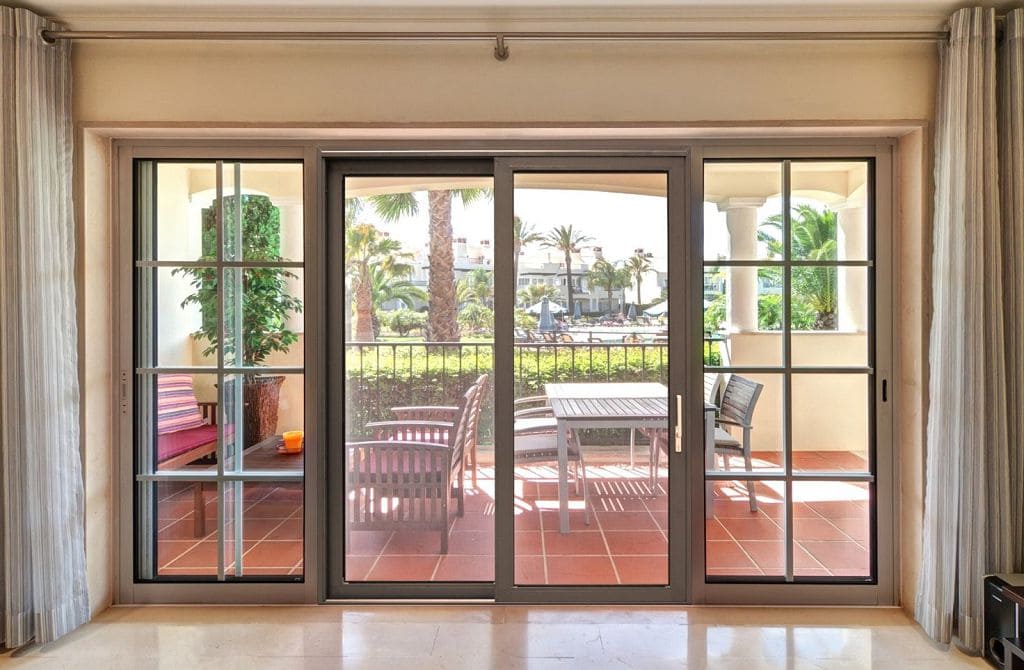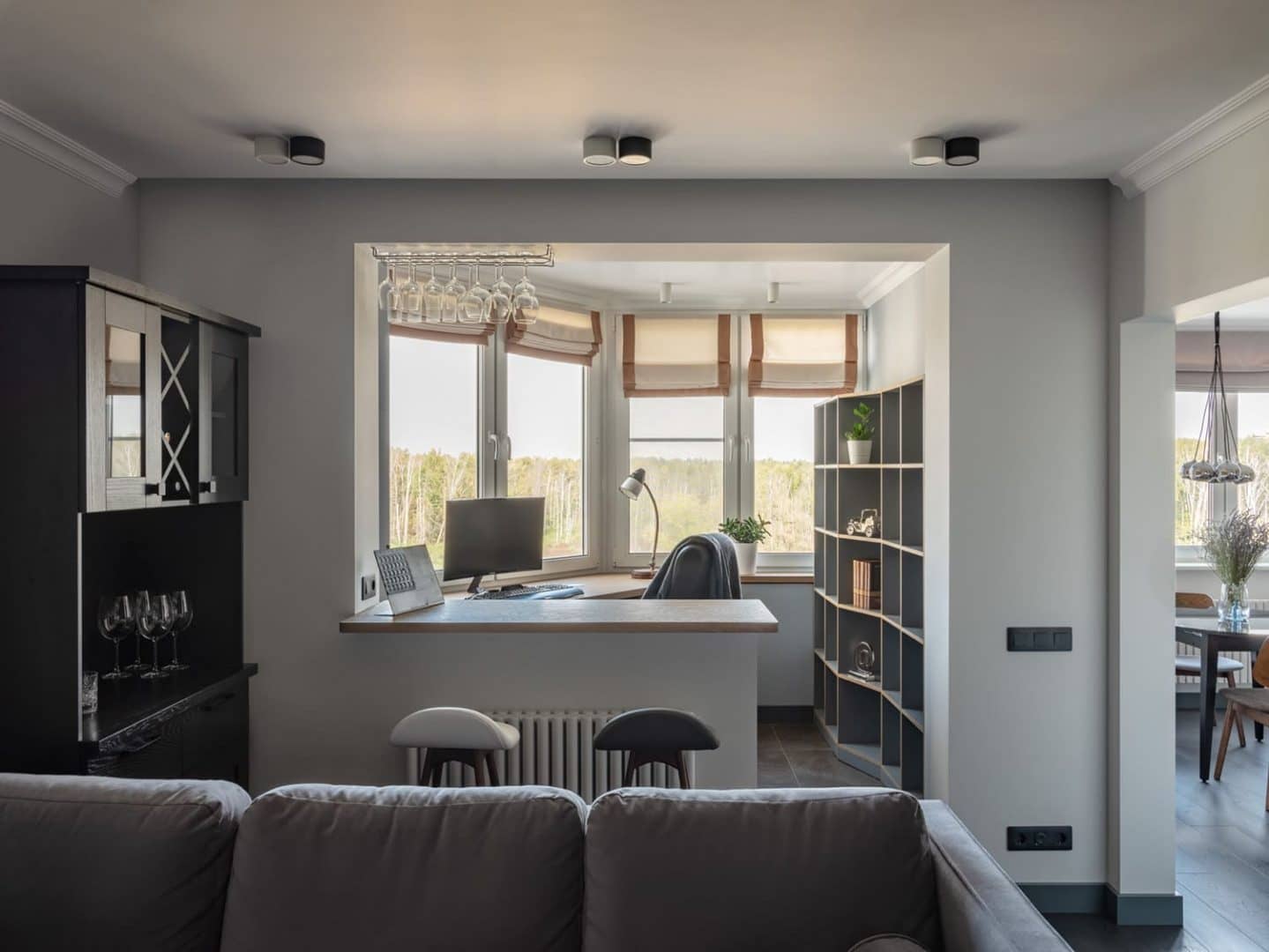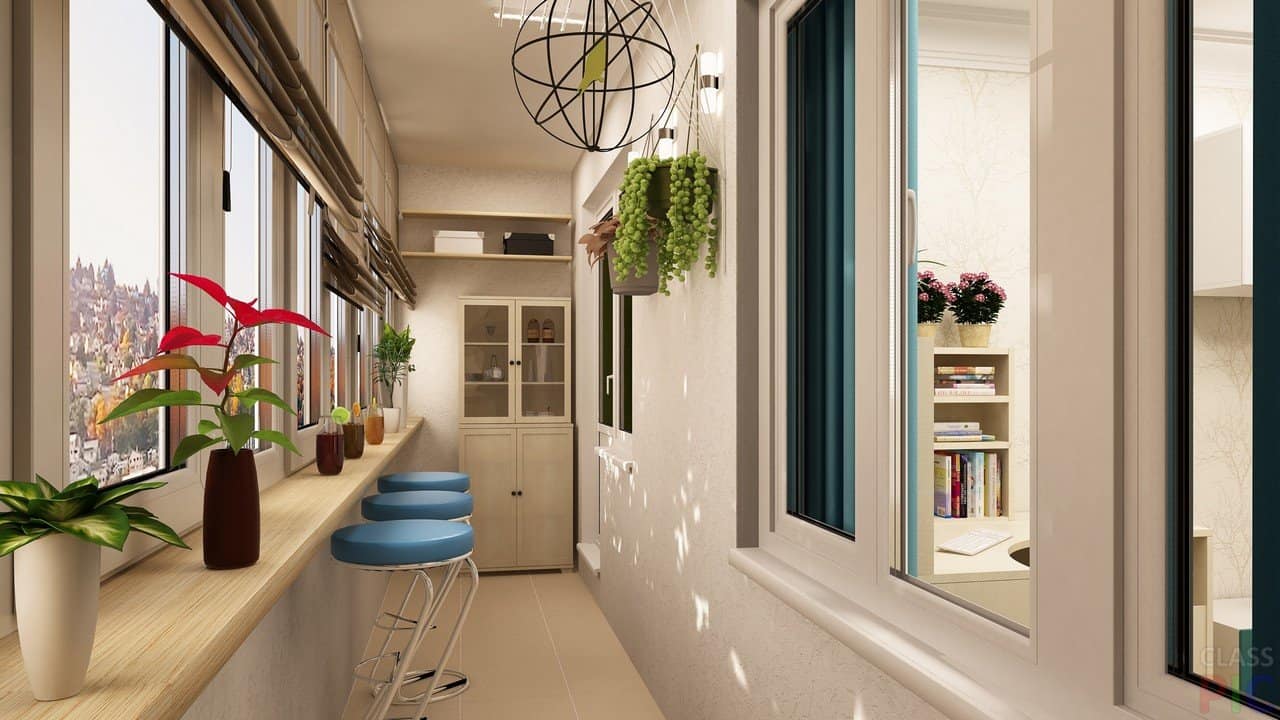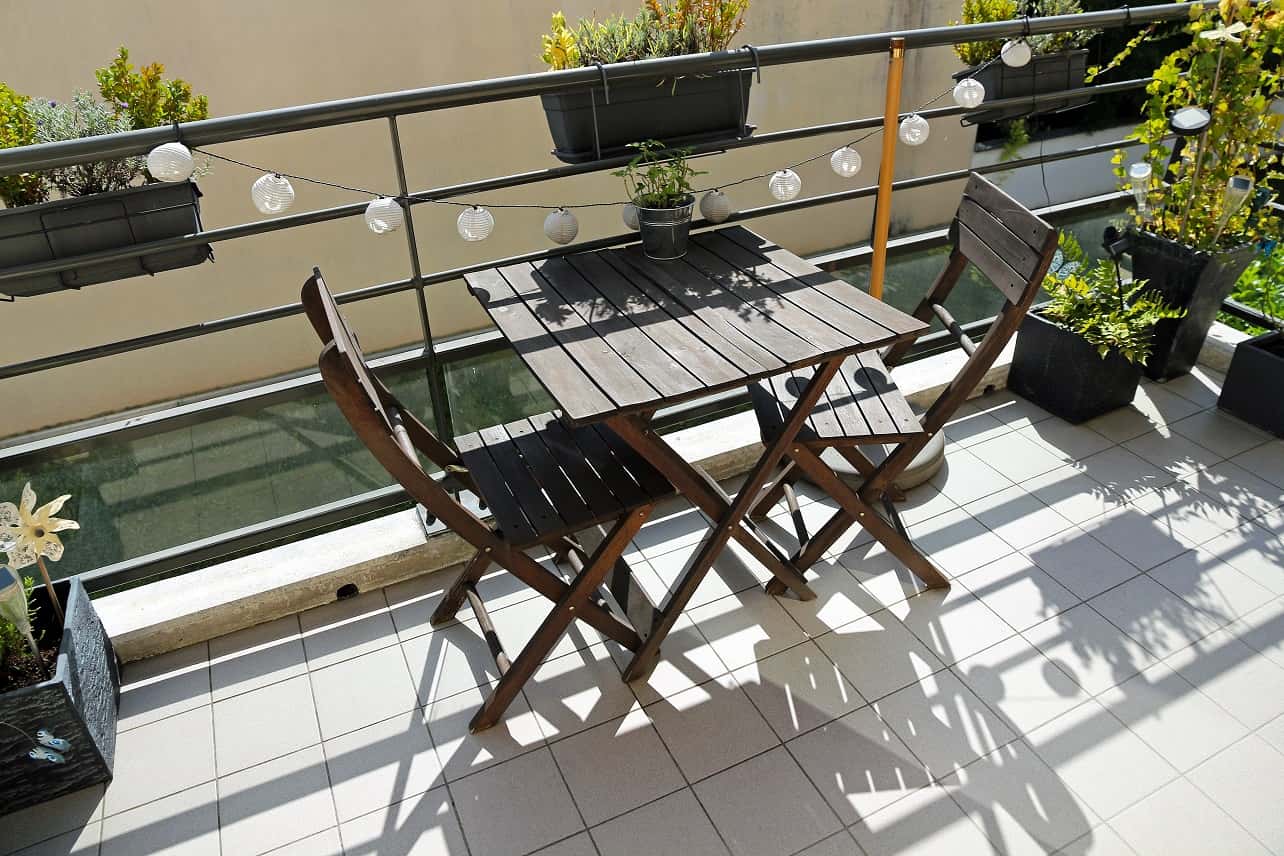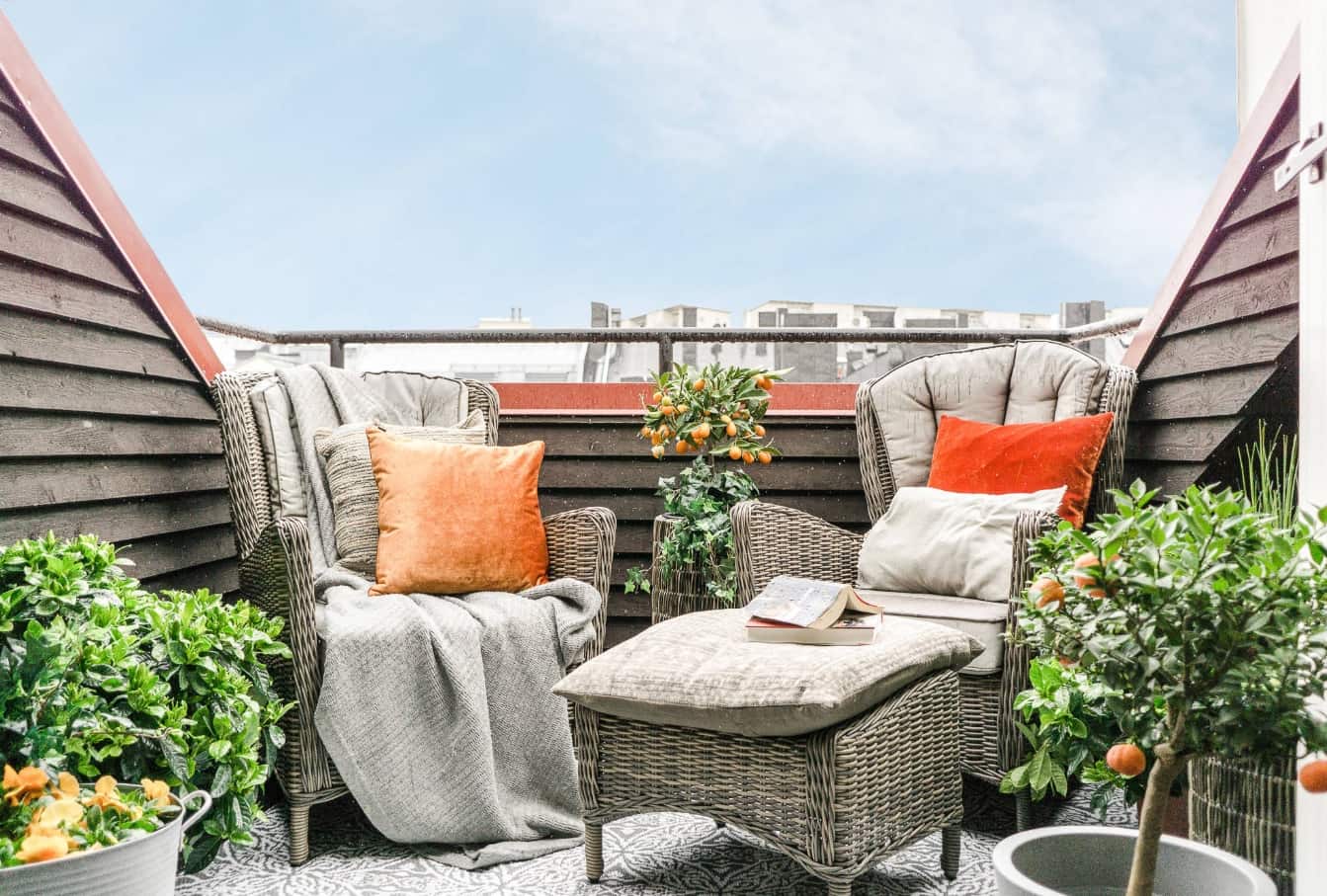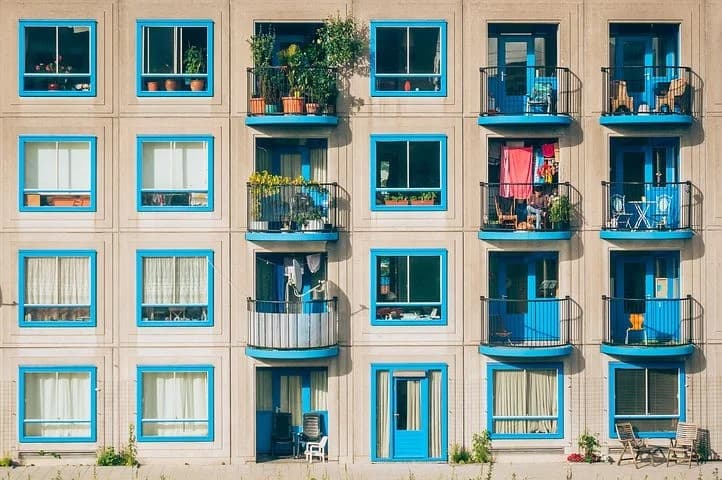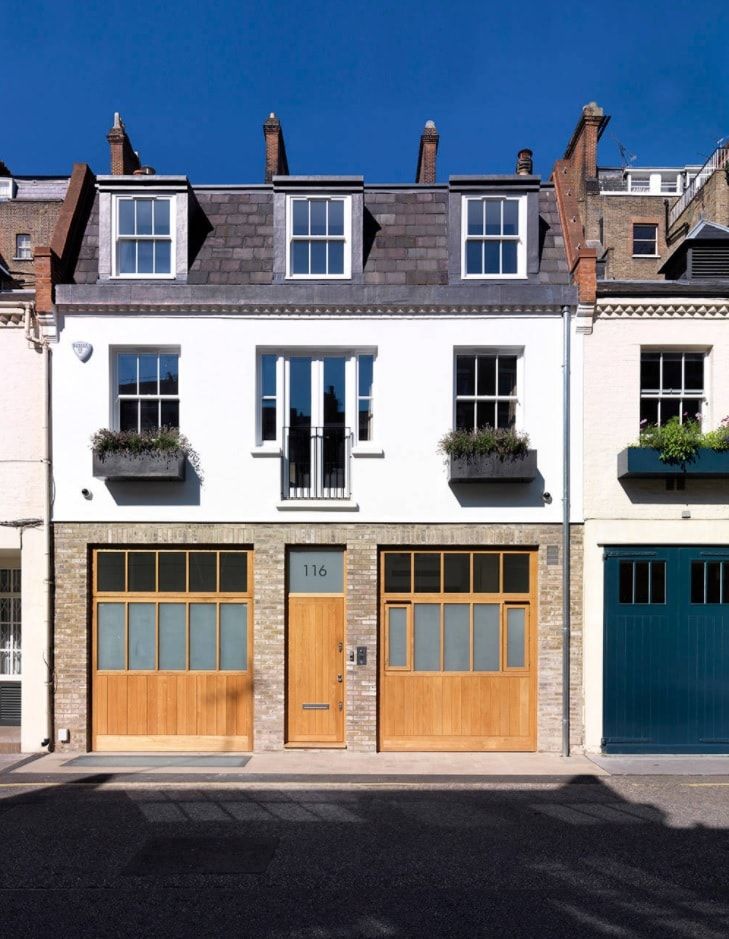If you are now only at the stage of projecting and planning your future house, it is expedient to pay attention to this type of balcony. Almost no house can do without these protruding structures in the modern world. We won’t repeat once again that the balcony is a great way to enhance the house facade, complete the style, and stock up your property with additional storage places. This structure can turn the crucial element in the design approach switching your impression on the whole house design. That’s why it is quite important to define the type of balcony you want to see in the resulting project. Moreover, the cantilever balcony is not the one that you may add after the house building is completed.
Contents:
What is a Cantilever Balcony?
Okay, let’s make it clear with the very concept of a cantilever balcony. What we can call one? This is a very effective structure that represents the continuation of the wall itself if we put it maximally simple. In other words, it is not an additional extension or annex to the building. It is the natural prolongation of the floor level that creates the so-called wall cantilevering. Of course, as it is part of the overlapping slab, the balcony has no need for supporting elements (chains or brackets). Anyway, it can be reinforced with something but this is only the nuance of the building process.
We already know about the Juliet balcony, French balcony, hung, stacked balconies, and more. Some of them we already reviewed at smalldesignideas.com. And don’t forget about the loggias, top platforms and decks which also able to diversify the exterior of the building. Each form and design of the balcony has its own strengths and weaknesses but let’s find out the pros and cons of the reviewed type of balcony. So, to the obvious pluses of cantilever balcony we can attribute:
- maximally solid construction and physical reliability;
- ability to make the large area of the balcony. You can decide on the required square meters you need without being limited to technical possibilities of bearing the carcass of the building;
- the big number of usage scenarios;
- great visual appeal as the cantilever balcony can do without any supportive elements;
- modern design and relevance to the boldest top-notch house designs.
However, we should state some of the slight cons:
- A cantilever balcony requires planning at the stage of projecting the house. You can’t “add” it to the building when it is already finished;
- In continuation of the idea above, it would be hard to dismantle the balcony as it is an essential part of the floor structure.
Styles of Cantilever Balconies
This paragraph would be better called “what house styles are up to cantilever balconies?” And, of course, the main style that pops up in the mind is a modern or contemporary style of the building. Streamline forms, modern combination of materials, bold decisions and modular solid look of the modern buildings find their logical continuation in such types of protrusions.
Nevertheless, we can also find cantilever balconies in classic, rather old houses and buildings. The bright example is a classic apartment house with the first-floor cantilever in the form of an elevated porch.
Types of Cantilever Balconies
And here we will go through the main ideas of using the cantilever balcony in your house. Surprisingly, there is a lot of possible options. In addition to the traditional form, you can see the cantilever balcony appears as:
- Semi-open loggia;
- Terrace or deck that girdles the house by perimeter;
- Inner balcony to organize library or creative home office;
Cantilever Platform
This is a great idea to adorn your backyard and generally make the logical continuation of the building to your land plot. As it is really great to come out to the balcony in the morning and feast your eye with the outside nature and/or landscape design of your site. In addition, it is comfortable to chat with somebody outside (near the pool or in the backyard).
Regarding the backyard, we should note that a large cantilever balcony can turn into a great canopy for the leisure zone. It can facilitate the pastime during the light rain or wind blows.

